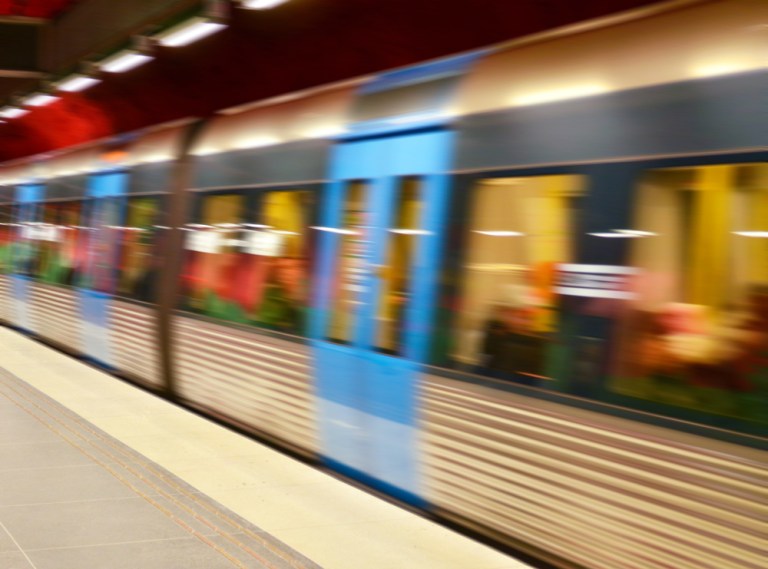
Mass transit sparks a range of emotions: resignation after just missing that last subway, frustration upon encountering that mysterious smell in that last car, and pleasure from the ability to go back and forth to work without worrying about traffic, parking or bad weather. What mass transit also is sparking in recent years is a renewed excitement about its potential to boost retail.
Part of that is coming from payments – specifically, the spread of open-loop contactless payments among major U.S. mass transit systems. The latest news out of New York City, for instance, has the Metropolitan Transit Authority (MTA) planning the May 31 launch of a contactless payments pilot involving Visa-branded cards and other payment methods, as well as Chase. The MTA, according to Visa, becomes the first U.S. transit agency to implement contactless payments using Visa’s global transit framework. That means riders can use any Visa credential – whether it’s a Visa contactless card, mobile device or wearable – to pay for rides and other retail purchases.
Natural Combination
The theory is pretty simple: Not only do contactless cards enable quick, seamless transactions at the turnstile – cutting down the risk of a hurried commuter missing that ride to work – but because they are open-loop, they can spark more commerce activity near subway and bus stations. That’s hardly a new theory, of course – look to Hong Kong, Japan and London as some of the pioneers of the current digital meshing of transit and retail – but it’s gaining more steam, at least according to several reports and observers. And as certain big-city neighborhoods undergo redevelopment and gentrification, real estate developers are keen to place new retail near mass transit stations and stops, given the large flow of consumers through those areas on a daily basis.
As well, new mass transit centers and hubs are becoming retail centers – not exactly malls, but often mall-like, complete with sophisticated food courts that might offer gourmet food and snacks along with craft beer. “For example, New York City’s World Trade Center Transportation Hub opened in 2016. It serves more than 250,000 daily commuters and millions of visitors annually,” reads a recent report from Mass Transit. “The hub’s dramatic Oculus hall has 78,000 square feet of retail and dining space. Retail tenants in the Oculus hall include Apple, H&M, Sephora and Tumi. The hub will eventually link to 290,000 additional square feet of adjoining retail and dining space as additional World Trade Center buildings open over the next few years.”
It’s not only New York City, Chicago and other cities traditionally thought of as mass-transit hotspots where this trend is playing out. As newer, sprawling, Sun Belt cities move to build more mass transit, retail is playing a role there as well. Take Atlanta, where, according to another report, “the Metro Atlanta Rapid Transit Authority launched a series of developments around prominent MARTA stations” in 2018. “One of the oldest of these developments, the one surrounding the agency’s Lindbergh Center Station, is undergoing a major redevelopment to help it align with the times, and Atlanta-based Upper East Side LLC has proposed construction of a mixed-use project on nearby Piedmont Road that is to include 18,000 square feet of retail, a 143-room hotel and 208 residential units.”
The report notes that “retailing mix at transit-oriented developments is still heavily dependent on the purveyors of smaller items that are easy for transit riders to carry. That roster includes pharmaceuticals, beauty products, eyewear, cards and small gifts, and prepared foods.” Still, other types of retail are moving into this mass transit ecosystem, following the residential development that is taking place near stops and stations.
No matter the type of retail, one things seem clear, as demonstrated by the upcoming Visa contactless pilot in New York City: Payments are key, and payments are the thread that can tie together mass transit and retail.